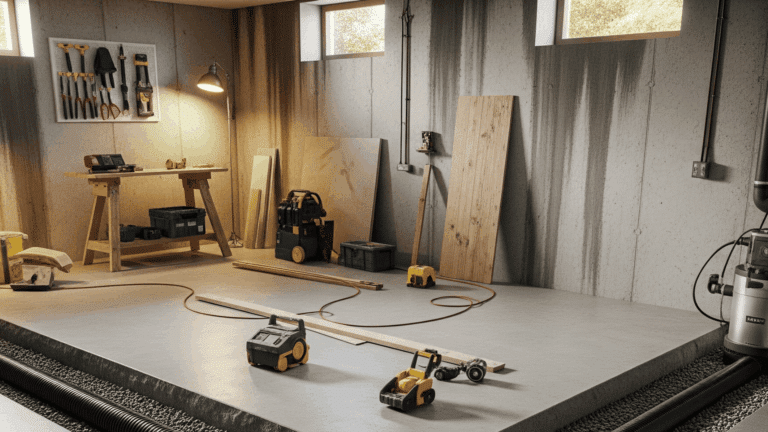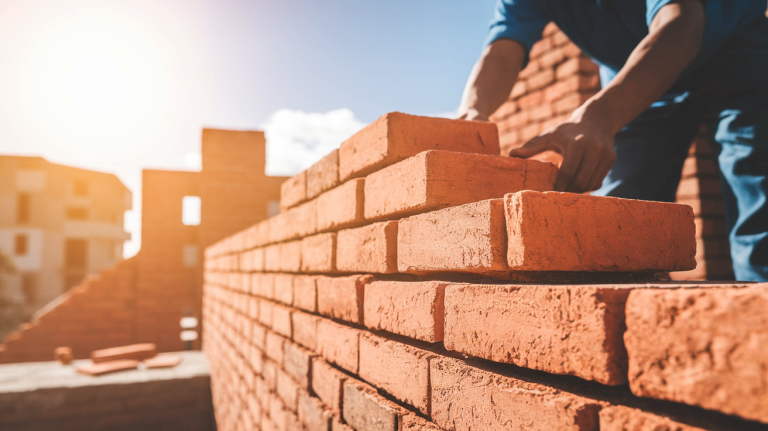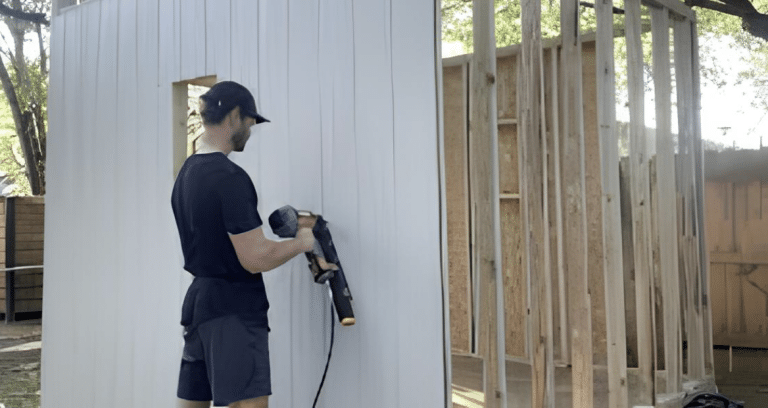Easy Old Home Renovation Ideas on Budget
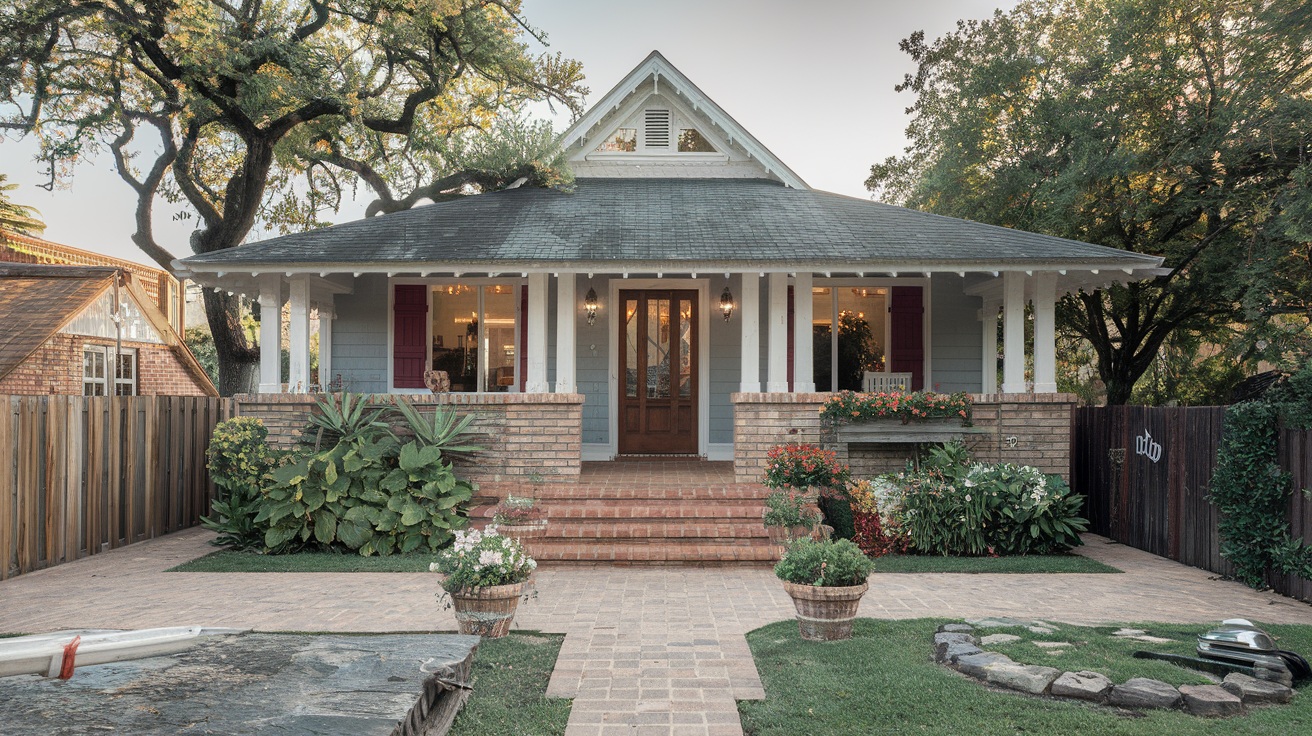
Fixing up an old house mixes charm with challenge. Those worn wooden floors and detailed moldings hold stories from the past, waiting for careful hands to bring them back to life.
Our blog shares practical tips, honest cost breakdowns, and clear instructions that make sense.
No need to tear everything out. Sometimes, the best approach is gentle restoration.
Join us for helpful tips for home renovation, common mistakes to avoid, and ways to respect your home’s history while creating spaces that work for your family now.
The Art of Home Renovation
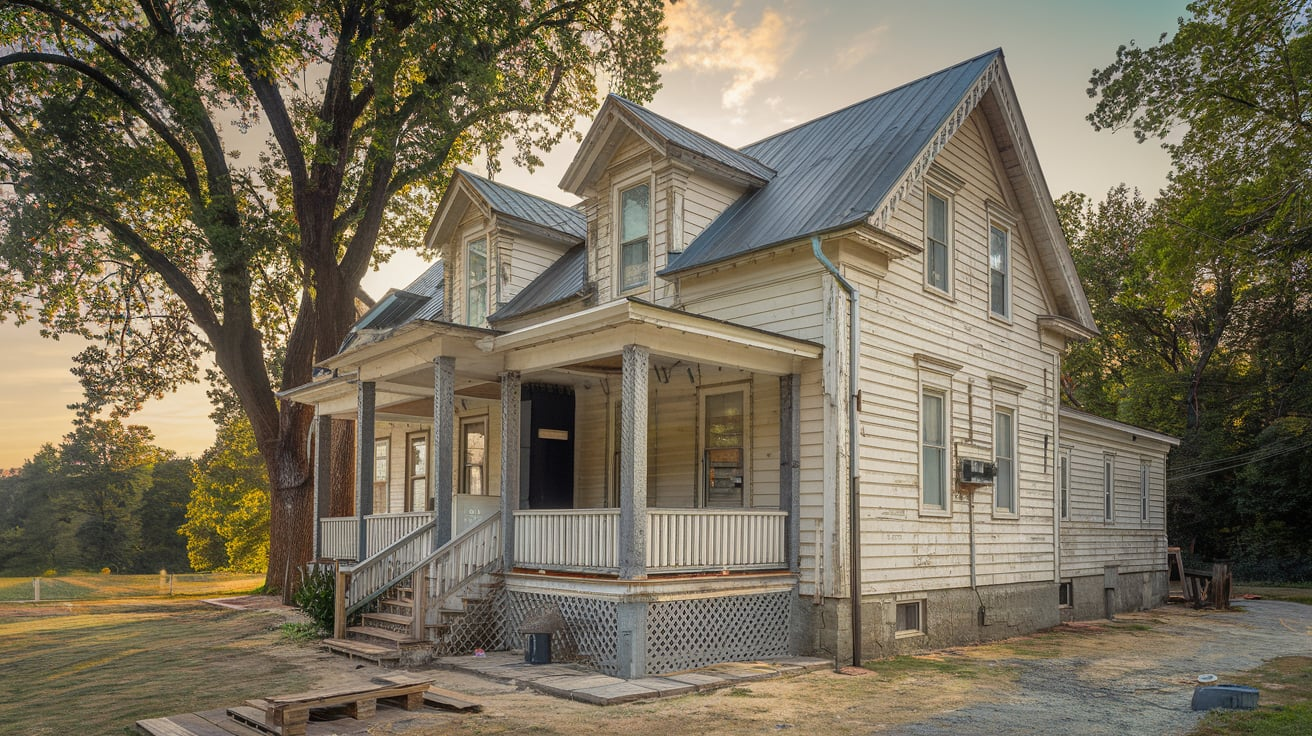
Old home renovation means fixing, updating, and caring for houses that have existed for decades.
Unlike working on newer builds, these projects focus on homes typically built before 1950 that have unique building methods, materials, and designs from their era.
The goal is usually to make the home work better for today’s living while keeping its special qualities.
This might mean fixing structural issues, updating plumbing and wiring for safety, improving energy efficiency, and refreshing worn surfaces, all while being careful not to erase the features that give the house its charm.
These renovations require understanding how old homes were built, what materials were used, and which building techniques suited the home’s age.
The work often involves blending repair, restoration, and careful updates rather than complete replacement.
DIY vs Hiring Professionals for Home Renovation
Whether you do the work yourself or hire help depends on your skills, time, and budget.
DIY makes sense for tasks like painting, simple tile work, and basic landscaping. These jobs require few special tools, and mistakes are usually easy to fix.
Call the professionals for
- Electrical work (old wiring can be risky)
- Plumbing (water damage is costly)
- Structural changes (wall removal needs expert eyes)
- Specialty work (like fixing old plaster)
A middle path works well for many owners. Hire experts for the tricky parts, then handle the finishing touches yourself. This saves money while keeping your home safe.
Be honest about your limits. Many DIY attempts end up costing more when a professional must fix mistakes.
The right choice varies by project. Sometimes, paying for skills saves headaches and money in the long run.
Cost Breakdown
Here’s a cost comparison table for old home renovation as a DIY project vs. Hiring Professionals.
This is an approximate budget for all the prices, which may vary according to their availability:
| Renovation Task | DIY Cost (Approx.) | Professional Cost (Approx.) |
|---|---|---|
| Painting (Interior & Exterior) | $1,000 – $3,000 | $4,000 – $8,000 |
| Flooring Installation (Hardwood, Tile, or Vinyl) | $2,000 – $6,000 | $5,000 – $12,000 |
| Kitchen Remodel | $5,000 – $15,000 | $20,000 – $50,000 |
| Bathroom Remodel | $3,000 – $10,000 | $10,000 – $25,000 |
| Plumbing Repairs/Upgrades | $500 – $3,000 | $2,000 – $7,000 |
| Electrical Work | $500 – $3,000 | $3,000 – $10,000 |
| Roof Replacement | $5,000 – $10,000 | $8,000 – $20,000 |
| HVAC Replacement | $2,500 – $5,000 | $5,000 – $12,000 |
| Window Replacement (10 Windows) | $2,000 – $6,000 | $5,000 – $15,000 |
| Insulation & Drywall Repairs | $1,000 – $4,000 | $4,000 – $10,000 |
| Landscaping & Exterior Repairs | $1,500 – $5,000 | $5,000 – $15,000 |
Create a Step-by-Step Restoration Plan
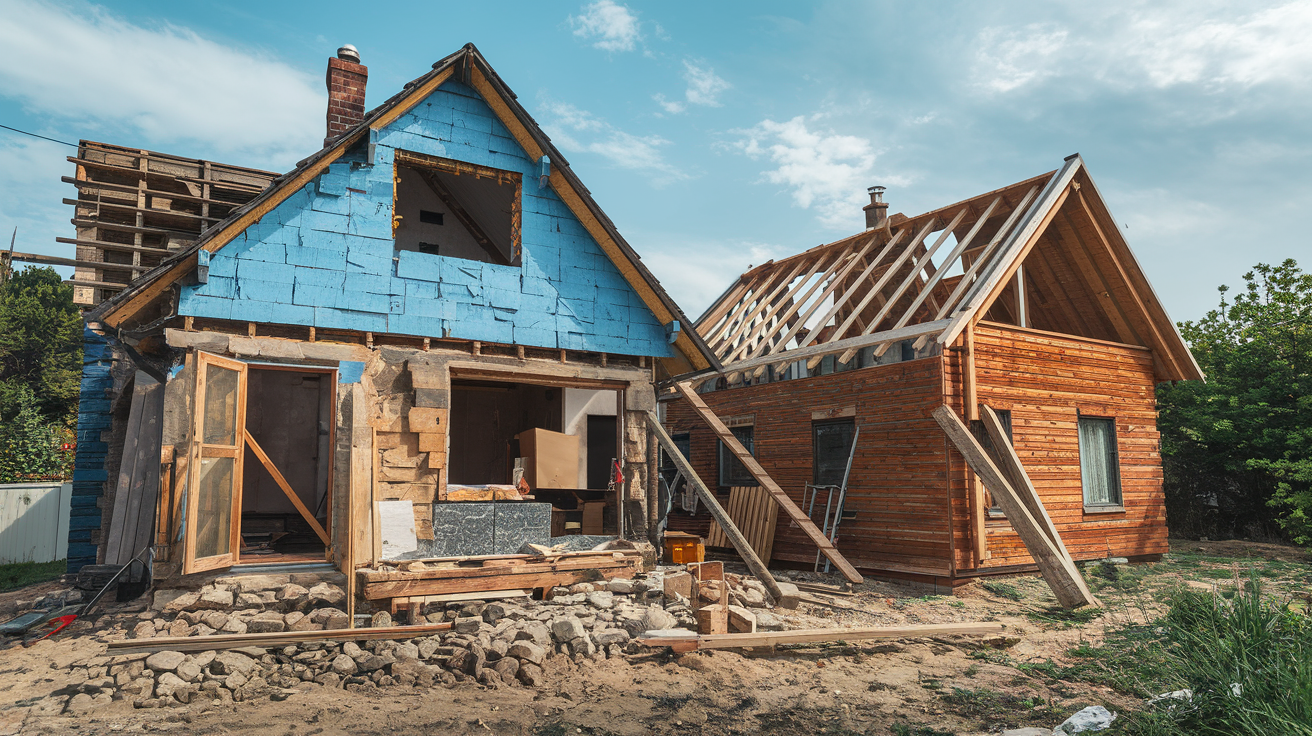
A clear plan saves time, money, and stress when bringing an old home back to life.
Here’s a breakdown of each important step
- Learn Your Home’s History: Research when your house was built and its structural style. This knowledge helps you make fitting choices for materials and design elements that match your home’s original character.
- Check the Basics First: Inspect structural elements, the roof, the foundation, electrical systems, and plumbing before anything else. These essential repairs aren’t exciting, but they prevent bigger problems later.
- Prioritize Your Projects: Create two lists “must-do” repairs that affect function and “wish-to-do” upgrades that improve looks and comfort. This helps you spend wisely on what truly matters.
- Choose a Starting Point: Pick one room or area to complete first. This gives you a finished space to enjoy while work continues elsewhere and helps you learn what works before tackling the whole house.
- Find Skilled Workers: Search for contractors and craftspeople with old-house experience. Check their previous work, references, and understanding of historical methods and materials.
- Secure Proper Permits: Visit your local building department to learn what permits you need. Working without the required approvals can lead to fines or problems when selling.
- Order Materials Early: Many old homes need specialty items that take weeks or months to arrive. Measure carefully and order well ahead of when you’ll need them.
- Arrange Temporary Housing: For major work that makes your home unlivable, plan where you’ll stay and for how long. This might mean renting or staying with family.
- Budget for Surprises: Set aside 15-20% beyond your expected costs. Old houses invariably hide issues that only become visible once work begins.
- Document the Process: Take multiple “before” photos from various angles. You’ll appreciate seeing the transformation, and these records will help if you need to show what’s behind the walls later.
Updating an Old Home without Losing Its Character
Finding the right balance between modern comfort and historical charm takes careful thought. Whenever possible, focus on keeping original floor plans, fixtures, hardware, and trim.
Choose period-friendly cabinets and classic materials like subway or hexagon tiles when updating kitchens and bathrooms.
Hide modern appliances behind panels or in closets for a seamless look. For necessary upgrades like heating, cooling, and wiring, work with specialists who can install systems with minimal damage to original features.
Paint colors should match historical palettes, which are more muted than today’s bright tones.
When replacements are needed, search salvage yards and antique shops for era-appropriate pieces. Remember that thoughtful, slow changes almost always turn out better than rushed updates you might regret later.
Reviving the Past: Personal Tales of Home Renovation
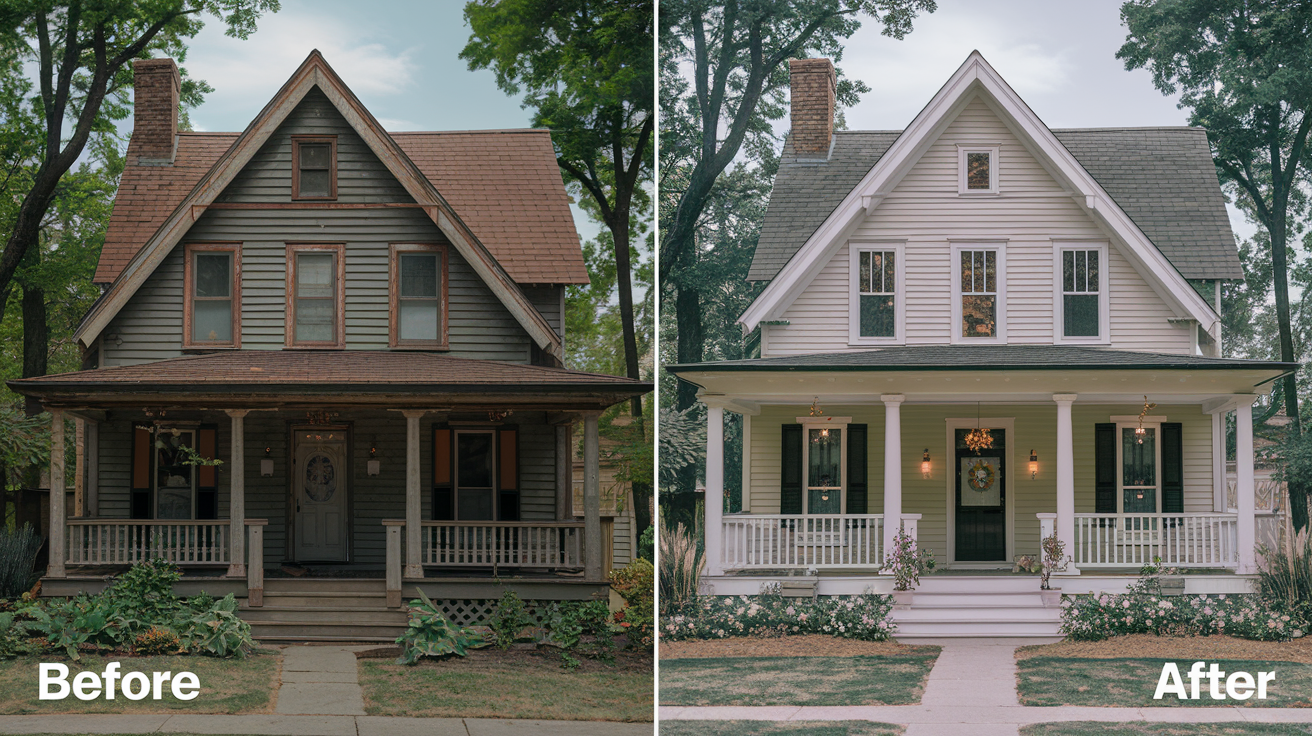
When Emma and David purchased their 1890s farmhouse in rural Vermont, they knew they faced a challenge.
The house had stood empty for nearly a decade, with a sagging roof, crumbling plaster, and floors that dipped almost four inches in the center of some rooms.
They found a local carpenter specializing in timber framing to shore up the structural beams. The original post-and-beam structure was mostly sound; later modifications caused problems.
During floor repairs, they discovered wide pine planks under layers of linoleum and plywood.
In the kitchen, they found a hidden brick bake oven when removing damaged drywall, a feature they restored and now use for special occasion baking.
The biggest lesson came when fixing the home’s drainage issues. Rather than fighting the natural water flow with modern solutions, they restored the original stone drains covered in the 1960s, solving persistent basement flooding.
Four years and countless weekends later, their farmhouse is a blend of historical accuracy and practical modern living – all accomplished without losing the home’s soul.
Pros & Cons of Renovating
| Pros | Cons |
|---|---|
| Increases home value – A well-planned renovation can raise your home’s worth. | Expensive – Costs add up fast, especially with surprises behind walls. |
| Customization – You can design your space just the way you like. | Time-consuming – Projects often take longer than expected. |
| Improve functionality – Fix layout issues and outdated systems. | Hidden issues – Old homes can have costly surprises like wiring or plumbing problems. |
| Energy efficiency – Upgrades can lower utility bills over time. | Permit hassles – Many renovations need approvals, adding delays. |
| Preserves character – Keeps the charm of older homes intact. | Living disruptions – Renovating while living in the home can be stressful. |
Avoiding Common Mistakes Thoroughly
- Many first-time house owners learn tough lessons the hard way. Save yourself time, money, and heartache by watching out for these common pitfalls:
- Focusing only on how things look while ignoring structural issues is putting lipstick on a pig. Always fix the roof, foundation, wiring, and plumbing first.
- Gutting original features that could be saved happens too often. Many items that get tossed can be fixed with some effort and patience.
- Using modern materials that fight with your home’s age creates odd results. Vinyl windows in a 1920s craftsman home look wrong and can hurt its value.
- Thinking cheaper is better often leads to doing things twice. Quality materials and proper methods might cost more upfront but last decades longer.
- Working without permits can cause serious problems when selling. What seems like a shortcut can lead to having to undo finished work.
- Trying to make an old house feel completely new removes what made it special in the first place. Embrace some quirks as part of its charm.
Conclusion
Bringing an old home back to life takes patience, research, and care. The journey might sometimes feel challenging, but the results are worth it.
These houses were built to last, with materials and craftsmanship rarely seen today. Balance keeping what makes your home special with making it work for modern living.
Take your time, plan carefully, and connect with others who love old houses. Their advice and support will help when the work gets tough.
In the end, you’re not just fixing a house. You’re becoming part of its ongoing story and ensuring it stands for generations.
Frequently Asked Questions
Is It Worth Renovating an Old House?
Yes, if the structure is solid and you value its character. It adds value but can be costly. Always set aside extra for hidden issues.
What are the Remodelling Methods?
It includes cosmetic fixes, structural work, and plumbing, electrical, and HVAC system upgrades.
When Should a House Be Torn Down?
If the foundation fails, repairs cost more than rebuilding, or severe mold, termites, or structural damage make renovation unsafe or impractical.

